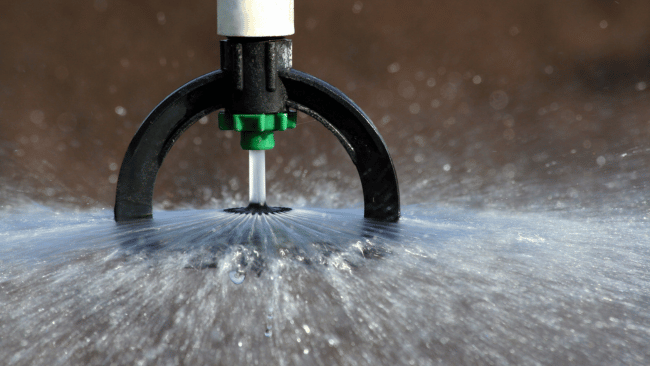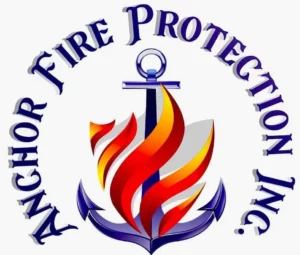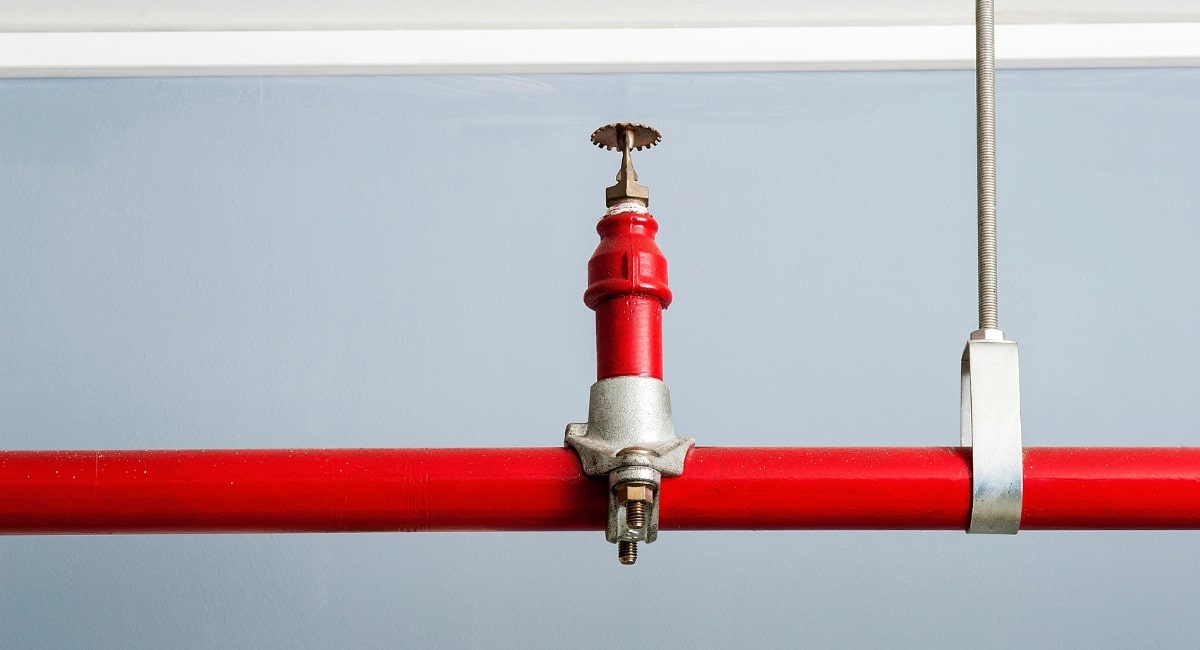How do Fire Sprinklers Work? A Comprehensive Guide
Fire sprinklers have a vital role in fire safety. It is an automated system to prevent fires from spreading. The question we’re addressing here is how fire sprinklers work. This is a fascinating process that involves precision and temperature sensitivity.
What are the Parts of a Fire Sprinkler?
This tool may seem simple at first glance. Yet, it has been constructed with immense efforts and the application of technology. The vital parts of all types of fire sprinklers are highlighted.
Glass Tube
Central to a fire sprinkler’s design is the glass tube. It serves as a vigilant temperature monitor. When the ambient temperature rises to 135 degrees Fahrenheit, it fractures. This signals the need for immediate action.
Water Supply Pipe
The glass tube is interconnected with the water supply pipe. It is a critical conduit responsible for maintaining water under pressure. This pressurized system will give a rapid response when the glass tube triggers the release mechanism.
Sprinkler Head
The focal point of the system is the sprinkler head. It is strategically positioned to act as the primary responder. The sprinkler head brings about a controlled discharge of water upon the glass tube’s fracture. It effectively suppresses the emerging fire.
Deflector
A deflector is attached to the sprinkler head. It is a precision guide for the discharged water. Its role is akin to that of a director, as it makes sure of efficient coverage of the designated area and precise firefighting action.
Types of Fire Sprinklers
Are you curious about the distinct roles played by different fire safety tools? Let’s explore the various types of fire sprinklers. You will be gaining knowledge about how each variety contributes to the overall effectiveness of fire safety systems.
Wet Pipe Sprinkler Fire System
The wet pipe system is a ready-to-go firefighter. It is filled with water and pressurized at all times. This system offers an immediate response when a fire is detected. It is a straightforward and reliable mechanism for fire protection sprinklers.
Dry Pipe Sprinkler Fire System
It is a system that only introduces water when needed. That’s why it is called the dry pipe system. This type is filled with pressurized air, and it swiftly responds to fire by releasing water.
Pre-Action Sprinkler Fire System
The pre-action system requires two steps for water release: a fire detection signal and manual activation. It is a controlled approach to minimize the risk of accidental discharges. It makes it suitable for areas with sensitive equipment or valuables.
Deluge Sprinkler Fire System
The deluge system is designed for intense firefighting. In this setup, all the sprinklers release water simultaneously when a fire is detected. It’s a rapid and intensive response, which makes it suitable for high-risk areas.
How to Use Fire Sprinklers?
Unexpected incidents can happen at any time. A professional team or a fire brigade service will take time to arrive. For the safety of your loved ones, you should learn these simple steps about how to use fire sprinklers. They will turn you into a fire safety pro.
- Spotting the Fire: Be the first to act when you notice fire erupting. The common indicators are smoke, flames, or any unmistakable smell. That’s your cue to put the fire sprinklers into action.
- Locate the nearest sprinkler: Every second counts. Find the fire sprinkler system closest to the flames. Run to it as fast as you can, but be careful not to fall down.
- Evacuate: Once the sprinkler is on the job, don’t stay around. Inform all the people in the area to evacuate the space. Let the sprinkler do its job while you stay safe.

Conclusion
Fire sprinklers may be silent, but they’re ever-vigilant. If a fire erupts at any place, action should be taken to protect lives and property.
If you have fire sprinklers installed at your place, make sure they are functioning properly. You have to repair them if they are damaged. This simple step can save lives. To check if they are functioning properly or to get them repaired, call our team now.
FAQ`s
Fire sprinkler systems typically consist of a network of pipes filled with water under pressure. Each sprinkler head is equipped with a heat-sensitive element, usually a glass bulb containing a liquid that expands when exposed to heat. When a fire generates sufficient heat, the bulb bursts, releasing water through the sprinkler head onto the fire.
Fire sprinklers are triggered by heat. The heat-sensitive element in each sprinkler head responds to elevated temperatures caused by a fire. When the predetermined temperature is reached, the element activates, allowing water to flow and control or extinguish the fire.
The working principle of fire sprinklers involves the activation of individual sprinkler heads in response to heat from a fire. The functions include rapid water discharge over the affected area, cooling the surrounding environment, and suppressing or extinguishing the fire. The aim is to control the fire and prevent its spread.
Keep your property safe.
Related posts
-
Fire Safety Tips for the Workplace
-
Fire Safety Tips for Hospitals
-
How to size fire pumps?
-
Different types of sprinklers?
-
What is fire protection system?
-
Fire Extinguisher Inspection
-
Fire Sprinkler System Components
-
What are the most common types of fire pumps?
-
How much does a fire sprinkler system cost?
-
What is active and passive fire protection?

